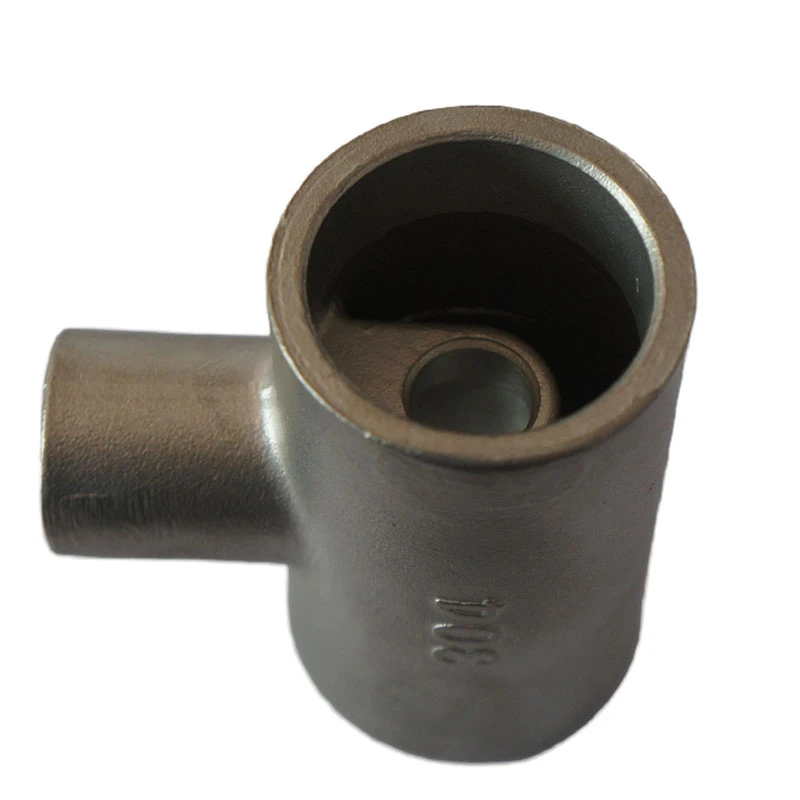stamping heat sink
The Importance of Stamping Heat Sinks in Modern Electronics
In today's rapidly advancing technological landscape, effective thermal management is becoming increasingly critical, particularly in the realm of electronics. One of the most innovative solutions to this challenge is the utilization of stamping heat sinks. This method not only addresses the need for efficient heat dissipation but also offers substantial benefits in terms of production efficiency and cost-effectiveness.
What Are Stamping Heat Sinks?
Stamping heat sinks are specialized thermal management components created through a precise stamping process
. This manufacturing technique involves pressing metal sheets into desired shapes that enhance their surface area, thus improving their capability to dissipate heat. Common materials used in stamping heat sinks include aluminum and copper, chosen for their excellent thermal conductivity properties.The unique aspect of stamping in the creation of heat sinks is that it allows for high-volume production while maintaining consistent quality. As electronic devices become smaller and more powerful, the necessity for efficient heat sinks has surged. This trend has led to the increased adoption of stamping technologies to produce heat sinks that can be easily integrated into modern electronic devices.
Advantages of Stamped Heat Sinks
1. Cost-Effectiveness Stamping processes are generally more economical than traditional machining methods, particularly for high-volume production runs. The initial investment in stamping dies can be significant, but the long-term savings in labor costs and material waste make stamping an attractive option for manufacturers.
2. Precision and Consistency The stamping process allows for the creation of complex shapes with tight tolerances. This precision ensures that the heat sinks fit perfectly into their designated locations in electronic devices, optimizing thermal performance while minimizing thermal resistance.
stamping heat sink

3. Enhanced Thermal Performance Stamping can produce heat sinks with optimized surface geometries, including fins and ridges that maximize surface area for heat dissipation. This design capability helps to ensure that devices remain within their operational temperature ranges, extending their lifespan and reliability.
4. Lightweight and Compact Stamped heat sinks can be manufactured to be lighter and more compact than their traditional counterparts, which is crucial for the modern trends of miniaturization in electronic devices. The reduced weight contributes to overall system efficiency, particularly in aerospace and consumer electronics applications, where every gram counts.
5. Customization Options The flexibility of stamping technology allows manufacturers to produce bespoke heat sinks tailored to the specific cooling requirements of different devices. Whether it's a high-performance computer CPU or a compact LED lighting fixture, stamped heat sinks can be designed to meet diverse thermal challenges.
Applications of Stamping Heat Sinks
The versatility of stamped heat sinks makes them suitable for a wide range of applications across various industries. In the computing sector, for instance, they are vital components in GPUs, CPUs, and power supply units, where efficient heat dissipation is paramount for optimal performance. In automotive electronics, stamped heat sinks help manage heat in applications such as electric vehicle batteries and infotainment systems. The telecommunications sector also benefits, as heat sinks manage the thermal loads generated in network equipment and data centers.
Conclusion
As technology continues to evolve, the role of stamped heat sinks in electronic device design and manufacturing cannot be overstated. Their cost-effectiveness, precision, and enhanced thermal performance make them an indispensable tool for engineers and manufacturers alike. In a world where efficiency and performance are critical, stamping heat sinks stand out as a robust solution for managing heat in increasingly complex electronic systems.
The future of electronics hinges not only on the advancement of components but also on the effective management of heat generation, and stamped heat sinks are at the forefront of this vital effort. As we look ahead, it is clear that thermal management technologies will continue to innovate and adapt in response to the demands of modern devices, with stamping techniques paving the way for a cooler, more efficient electronic future.
-
OEM Sand Cast Pump Valve Fittings - Baoding Hairun Machinery And Equipment Trading Co., Ltd.NewsJul.31,2025
-
OEM Sand Cast Pump Valve Fittings - Baoding Hairun | Precision Engineering, CustomizableNewsJul.30,2025
-
OEM Sand Cast Pump Valve Fittings - Baoding Hairun Machinery And Equipment Trading Co., Ltd.NewsJul.30,2025
-
OEM Sand Cast Pump Valve Fittings - Baoding Hairun Machinery And Equipment Trading Co., Ltd.NewsJul.30,2025
-
OEM Sand Cast Pump Valve Fittings - Baoding Hairun Machinery|Precision Engineering&Fluid ControlNewsJul.30,2025
-
OEM Sand Cast Pump Valve Fittings - Baoding Hairun Machinery And Equipment Trading Co., Ltd.NewsJul.30,2025















